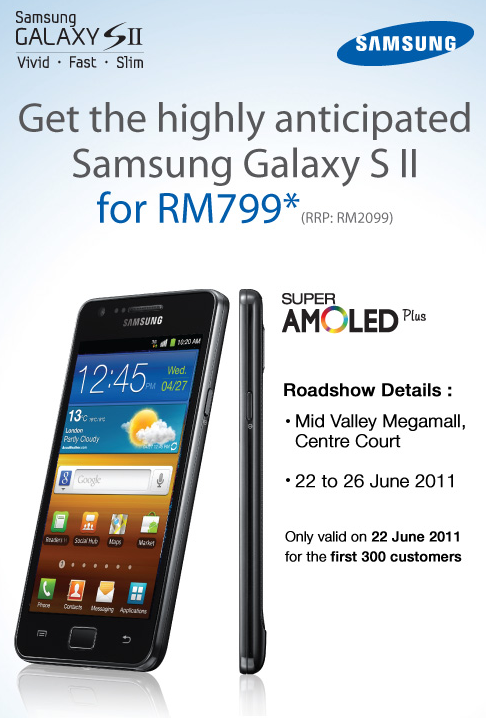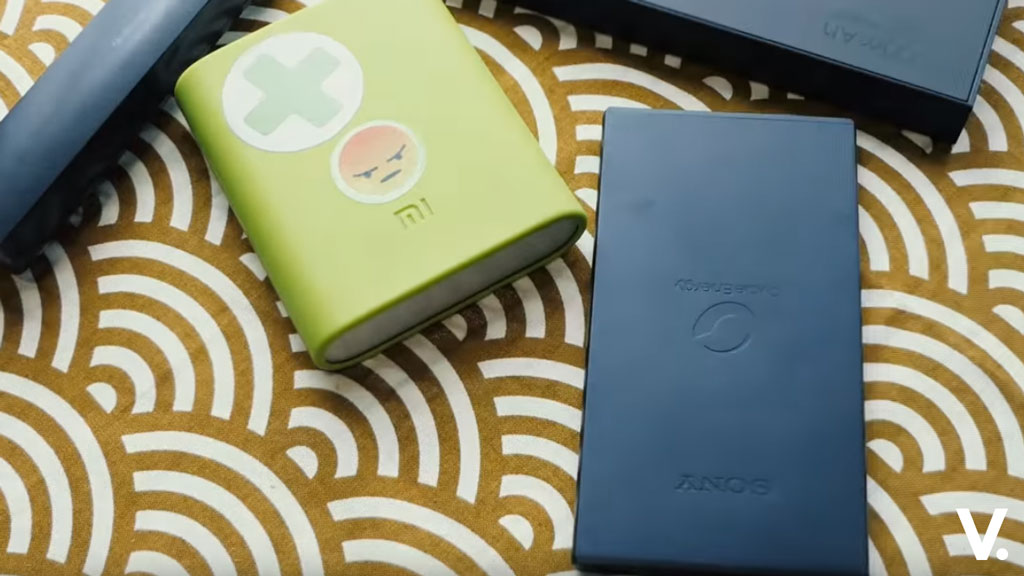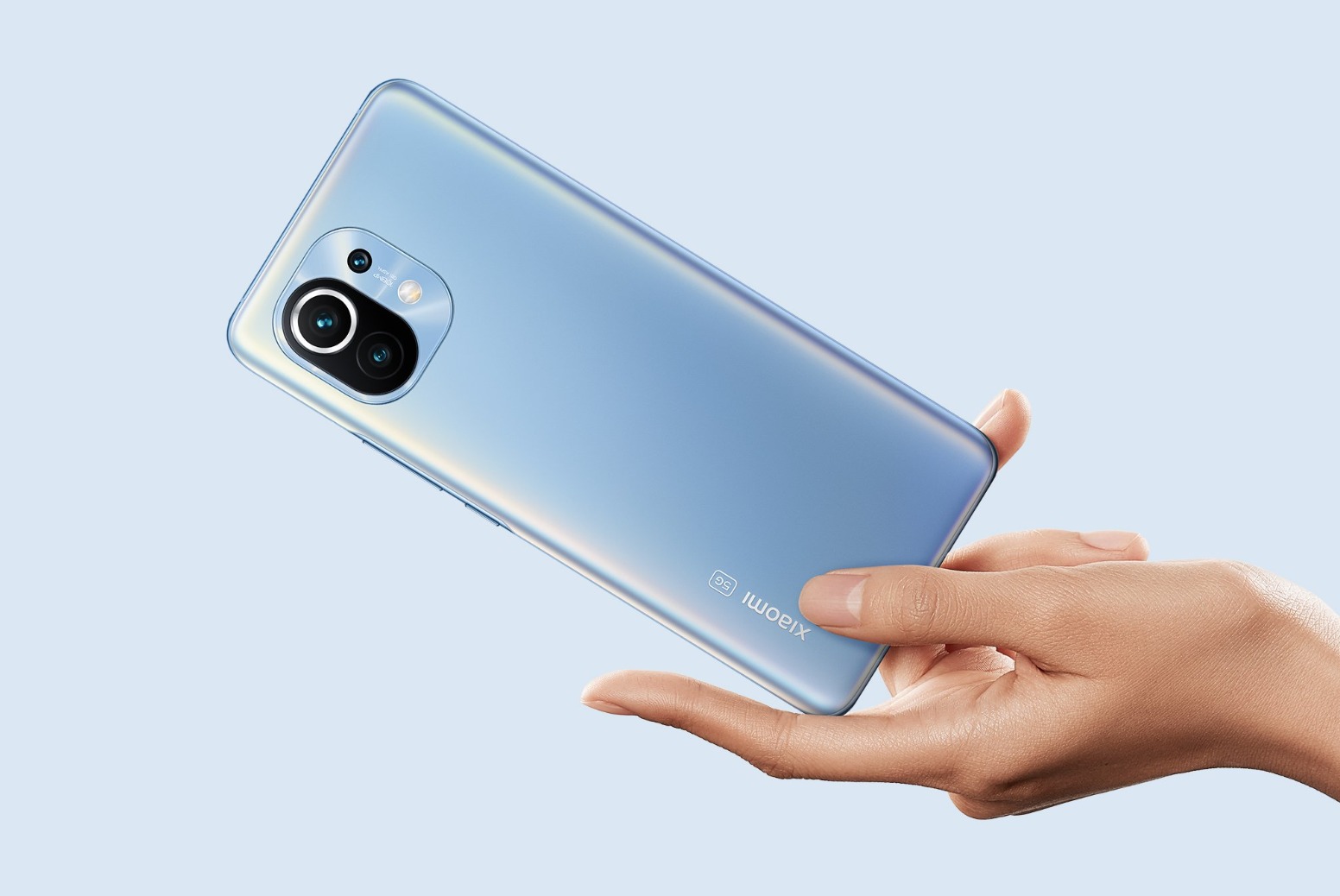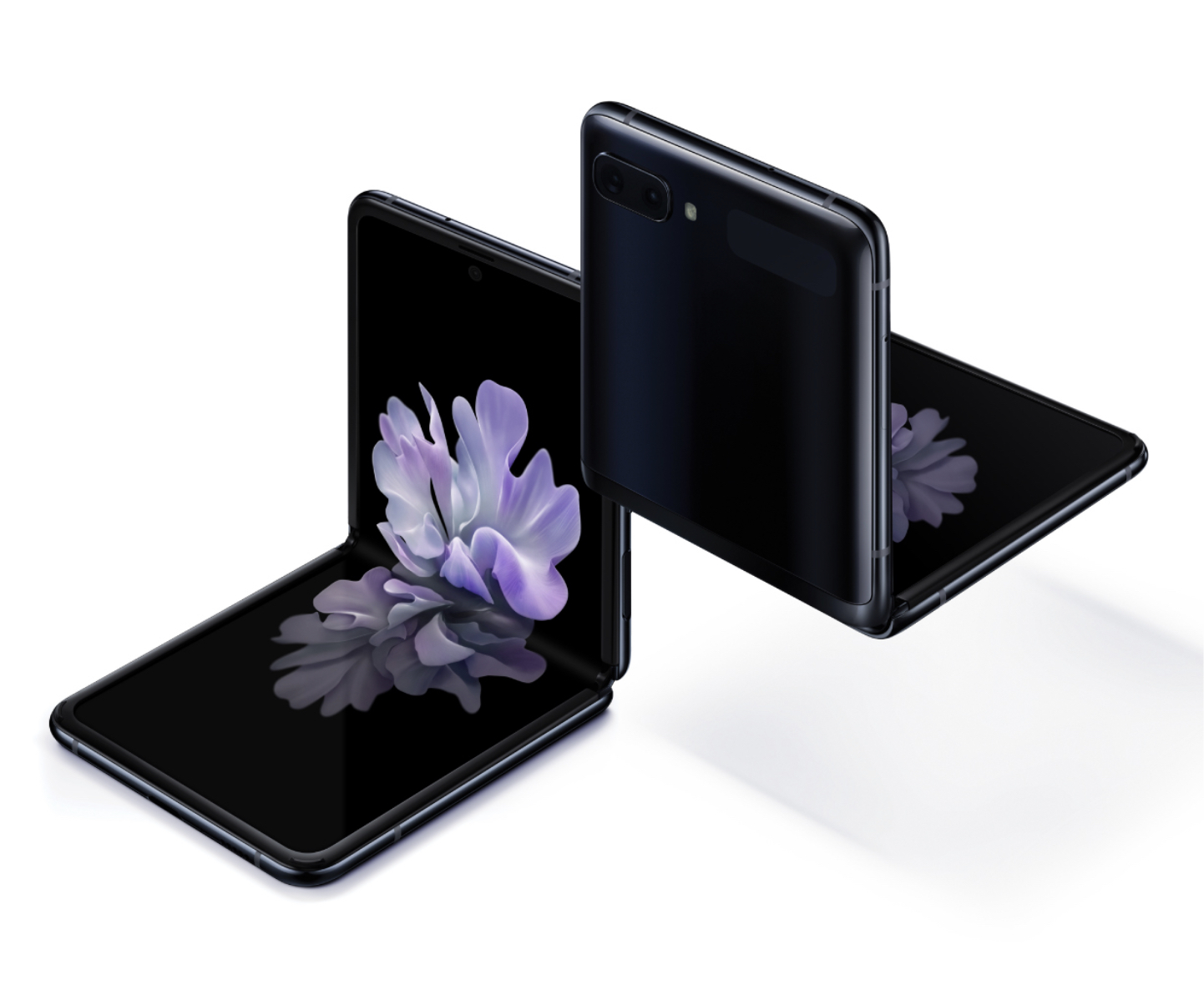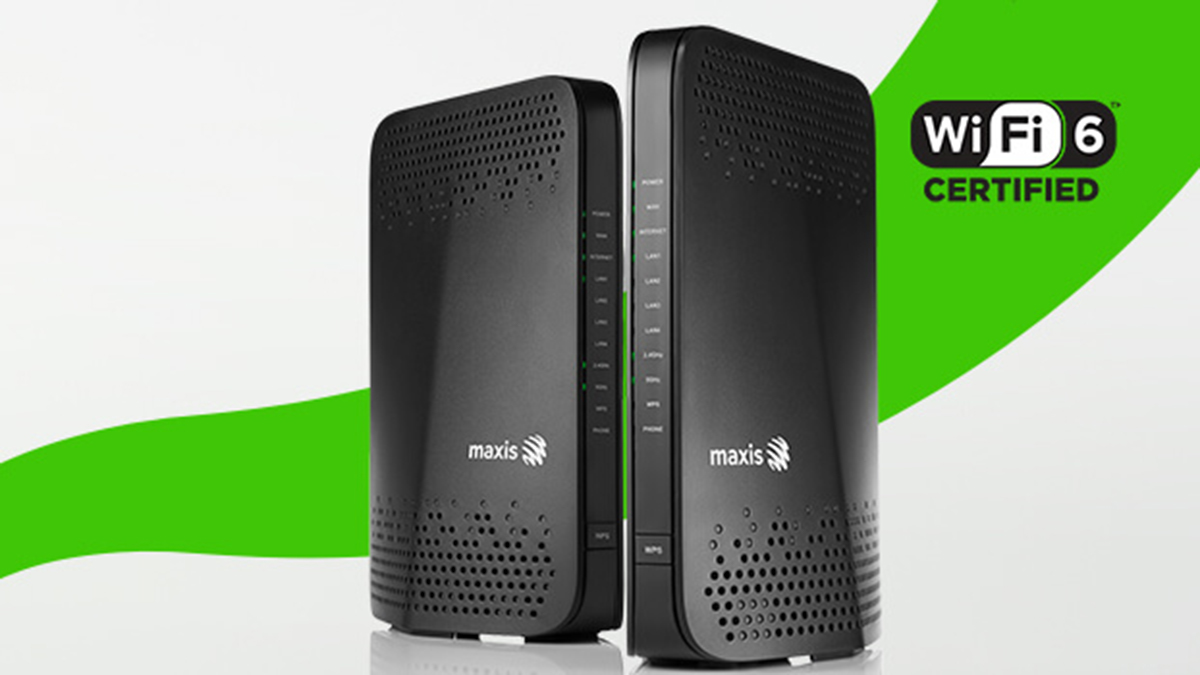
The race for smartphone supremacy is undoubtedly a fierce one. Manufacturers are scrambling to throw everything they’ve got to hungry, demanding consumers in a market that’s growing and getting more sophisticated by the day. People want faster, slimmer, smarter, sexier and more powerful mobile devices. And they want it now. If there’s one thing not lacking for consumers, though, is choice. We’ve got Android, iOS, BlackBerry, Symbian, WebOS-powered flurry of devices to choose from.
Samsung Electronics Co. Ltd, a global leader in semiconductor, telecommunication, digital media and digital convergence is also one of the world’s fastest growing mobile phone brands. Its flagship Android smartphone, Samsung GALAXY S was a worldwide success, selling a record 14 million units globally since its debut last year. This year, begins a new journey for smartphones as more powerful dual-core processors and multi-core GPUs roll out into the market. While not the first (beaten to the punch by LG Optimus 2x), Samsung has finally released its new superphone, – the Samsung GALAXY S II, first seen at the Mobile World Congress in February this year. Purportedly the fastest Android phone ever released. Established online tech media all over have sung praises of this revolutionary successor to the Samsung GALAXY S, even calling it “the best Android smartphone yet, but more importantly, it might just be the best smartphone to date.” That, my techie friends, is quite a compliment. Samsung, obviously, have done something right. Response to the GALAXY S II has been phenomenal, garnering over 3 million pre-orders, and selling 1 million units within a month.
And now, its arrival in Malaysia looms. I’m one of the privileged few in Malaysia to have been given the opportunity to toy around with the S II for several weeks. While it would be premature to say that it’s the best Android smartphone the world has today, one thing’s for sure, Samsung has certainly made a kick-ass phone. And a sexy one at that. Read on.
Initial Impressions
If its track record were to be scrutinized, there are several key areas where Samsung truly excels in. Spec sheet and value-for money. As you may have read in my impressions of the mid-range Galaxy Ace and entry-level Galaxy 5, you will realize how adept Samsung is at packing as much features it possibly can into a…well, can. The S II is no different.
This phone packs a serious amount of kit. A top-of-the-line 1.2Ghz dual-core processor and multi-core GPU with Android 2.3.3 Gingerbread, a brilliant 4.27-in Super AMOLED Plus touch screen display, 8MP rear camera and 2MP front-facing camera, HSPA+ connectivity, accelerometer, light, proximity and gyroscope sensors, 16GB of flash storage with up to 32GB microSD expansion and a generous 1650mAh battery.
Should I stop? Wipe that drool off your keyboard. Not to mention, its one of the lightest (only 116g) and thinnest (an astounding 8.49mm) smartphone out there right now.
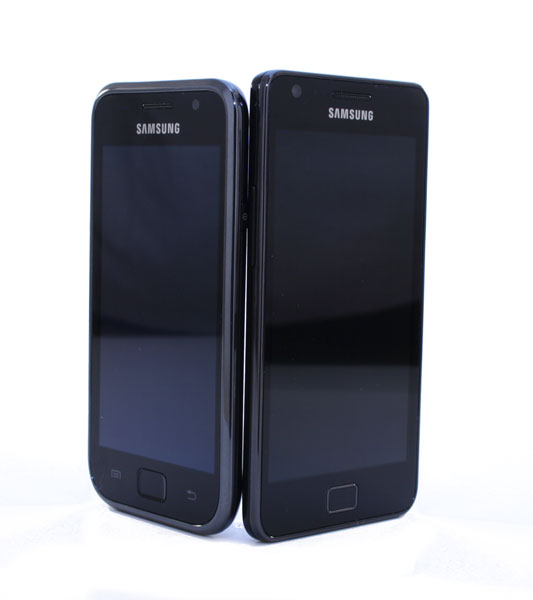
Design & Build – Sex Appeal
Out-of-the-box and into my hands, the S II feels great and comfortable to hold. It’s slightly taller and wider than its predecessor. While I’m not a great fan of the plasticky feel of the overall Samsung experience hardware-wise, it looks and feels solid and well-built.
The ultra-slim form factor is remarkable, beating even the curvy, ultra-thin Sony Xperia Arc (8.7mm). See and touch it to believe it. The slide-out back cover that hides the high-capacity battery is ultra-thin and some may find removing this a daunting experience.
Samsung seems to have learned from the Samsung Ace with its textured composite backing, which makes it rather pleasant to grip overall. Move over, shiny black backing of the Galaxy S! Even more remarkable is that S II manages to tip the scales at a scant 116g, with battery in place.
That’s pretty amazing, trouncing its closest competitors namely Apple iPhone 4 (137g), LG Optimus 2x (139g), Motorola Atrix (135g), Sony Xperia Arc (117g) and elder sibling GALAXY S (127g) in a single swoop. As a real-world comparison, my LG Optimus 7 feels like a brick.

Its sleek, almost iPhone 4-like exterior (whoops, Apple) has several hardware keys including up and down volume on the left, power button on the right and rectangular Home button on the bottom front, sandwiched by the Menu and Back soft-touch keys.
I have issues with soft touch keys, but I’ll leave my gripes about that for another day (win for Windows Phone and iOS). On the top you’ll find a standard 3.5mm TRS headphone jack and a microUSB port at the bottom. Why dual-core?
Watch the video:
http://www.youtube.com/watch?v=4n2Kp4ekWNs
Hardware – Android on Steroids
The heart of its super fast performance is Samsung’s own Exynos 4210 (System on Chip) SoC, formerly codenamed Orion which features a 1.2Ghz dual core ARM Cortex-A9 processor and ARM’s Mali-400MP GPU.
This offers several notches of performance gains over the single-core Samsung Hummingbird of the Galaxy S. Just as general knowledge, Samsung may also use NVIDIA’s Tegra 2 SoC, which features PowerVR’s GPU in certain regions. Apparently this is due to expected high demand for the phone. A SuperLCD version in place of the Super AMOLED Plus display is also expected.
A dual-core processor provides snappier performance when switching tasks and apps, multi-tasking and running processor-intensive tasks such as multimedia and games. The S II comes with a generous 1GB of dedicated RAM and features 16GB of flash storage. 16GB is pretty common feature these days on smartphones except for one manufacturer I know (here’s looking at you, HTC).
So plenty of storage space to store all your pictures, HD videos, music and apps. If you do find yourself crunched for space though, you can easily upgrade via a microSD slot which is located within the battery compartment of the device. The S II supports up to 32GB of additional storage.
Display – Big, Bright AMOLED+
One glaring thing (pun intended) about the S II is the display. The Super AMOLED Plus has got to be one of the brightest and sharpest I’ve seen on any phone. Whilst none has come close to the sharpness of Apple’s Retina Display yet, the 4.27-in Super AMOLED Plus with 800 x 480 pixel resolution offers richer, more vivid colours. The Super AMOLED Plus has double the subpixels as compared to previous generation Super AMOLED display.
So, what does that mean? Ultra-crisp text and more vibrant, saturated colours. Corning’s Gorilla Glass protects the capacitative touch-screen and it also has an oleophobic coating to resist fingerprints.
While it doesn’t resist fingerprints all together, I noticed I need to wipe the screen less with the S II. Want to know the difference in display technologies? Read this. I like the overall size, sharpness and brightness of the display. 4.3-in wide is likely to be the limit of reach for one’s palm, at least for an average human being. Any larger you’d probably need a sling bag or something of that sort to bring it about (hint: DELL Streak). No kidding.
Camera – Camwhore Goodness
Being one of the world’s digital imaging giants, it’s no surprise Samsung is bundling a big camera into the S II’s anorexic body. The 8-megapixel rear camera with autofocus and single LED flash can record videos in full high-definition 1080p at 30 frames per second. There is also a fixed focus front-facing 2-megapixel camera for video calling, taking photos as well as general video recording, with a maximum resolution of VGA (640 X 480).
It has one of the faster camera shutters on smartphones. I’m impressed at how fast it recovers from the previous shot. While images generally lack saturation, the camera captures pretty decent pictures with above average detail. Its performance in low light with and without flash is quite commendable too.
Although images do suffer the dreaded graininess found on many camera phones (and cameras in general, for that matter) in low light, images are generally sharp and decently balanced. The Super AMOLED Plus display can be deceiving though, being so bright and vivid on screen. Doesn’t always translate to similar quality of colours and saturation when viewed on a computer. Some samples images below (unedited):
Video recording is top notch as the camera captures 1080p quality videos at 30fps. Nice. Who needs a separate handheld video cam any more? (read: Flip Cam. Dead). View a sample video I took at a recent Indian wedding (unedited):
http://www.youtube.com/watch?v=jdI4NmEauM0
All in all, a joy to use. My only qualm, and it’s not a deal-breaker – the lack of a dedicated hardware camera button. That would have been the icing on the cake.
Radio & Connectivity
The S II is a quad-band phone, speaking the language of GSM/GPRS/EDGE (850, 900, 1800, and 1900 MHz) UMTS (850, 900, 1900, and 2100 MHz) with HSPA+ supporting speeds of up to 21 Mbit/s and HSUPA (up to 5.76 Mbit/s). It doesn’t get better than this. Others include Wi-Fi (802.11a/b/g/n), Wi-Fi Direct, Bluetooth 3.0, Micro USB 2.0 (with support for USB Host (OTG) 2.0), Near field communication (NFC)*, DLNA, MHL and HDMI.
More on USB Host (On-The-Go) support via the Micro USB port. The S II can act as a ‘host’ device in the same way as a desktop computer in allowing external usb devices to be plugged in and used, which includes USB flash drives and external hard drives.
MHL is a new high-definition connection technology called Mobile High-definition Link (MHL). It is “connection agnostic” which means it can use virtually any interface connection, such as those of HDMI or USB, for sending high-definition uncompressed 1080p video and audio from a mobile device.
It is optimised for mobile devices and allows the device’s battery to be charged while at the same time playing back multimedia content. This technology is similar to the HDMI display adapter for the iPad 2, I presume.
*Roll-out of NFC-enabled S II’s are region specific.
Software

The S II ships with the latest iteration of Android Gingerbread – version 2.3.3. I’ve always likened the Android experience as “a thousand paper cuts” and I live with plain vanilla Gingerbread on my Nexus One daily. On the S II though, the Android experience has been far more pleasant, less buggy and a little more refined.
Although an acquired taste, I feel Samsung’s proprietary user interface TouchWIZ, adds several notches of refinement and welcomed tweaks to the Android experience. TouchWIZ 4.0, adds new improvements and enhancements. It has a new gesture-based interaction with the web browser which allows for zooming in and out of a webpage by pressing on the screen with two fingers and moving the device back and forth in a cradle-like movement.
This is made possible with the integration of the Gyroscope and accelerometer. Also, there is new optional gesture-based control for the movement of widgets between screens, by allowing the device to be held and moved from side to side to scroll through home screens. This gesture-based management of widgets is a new optional method next to the existing method of holding and swiping between home screens. Don’t fancy TouchWIZ much? Get LauncherPro.
Some key software bundled with the S II include several Samsung ‘hubs’:
- Social Hub – Combines popular social networking services like Facebook, Twitter and even email into one place rather than in separate applications.
- Readers Hub – Provides the ability to access, read and download online newspapers, ebooks and magazines from a worldwide selection. Partners Zinio for magazines, and Kobo for books so you will need to login/register respective accounts for these.
- Music Hub – An application store for downloading and purchasing music tracks on the device. Unfortunately this is not supported in Malaysia. Boo for DRM.
- Game Hub – An application store for downloading and purchasing games. Powered by Mobage.
Other applications include Kies 2.0, Kies Air, AllShare (for DLNA), Voice Recognition, Google Voice Translation, Google Maps with Latitude, Places, Navigation (beta), Adobe Flash 10.2, Polaris Office application, Photo Editor, Video Maker and ‘QuickType’ by SWYPE.
Performance
Saying the S II is stupendously fast would be an understatement. This superphone delivers in every aspect of performance. While the dual-core Exynos and Mail-400MP may not be any faster than the NVIDIA-PowerVR combo in benchmarks, real world performance gains are substantial.
This matches, if not exceeds in terms of performance, the brief test I had with a grey market Motorola Atrix some weeks ago. There is no lag in launching and switching apps to and fro. There is absolutely no waiting. Period. I have not experienced any blank screens and memory-related app anomalies as I have on other lower range Android phones. I’m always impressed when I launch the Gallery as it loads instantly (not so on my Nexus One). The S II gets a huge thumbs up from me in the performance department.
In terms of call and signal quality, the S II has not disappointed in any way. Works as expected (and yes, it does make calls! *sarcasm).
Battery Life
One of the most important factors for considering a phone is how long it lasts. Does it last the entire day from prolonged use? I’ve heard so many horror stories of smartphones going dead after half a day. A snap-on battery pack on a smartphone is not an uncommon sight these days. Do you need to fork out more moolah for a spare battery or external battery pack? The answer is, a resounding no.
For someone who is a heavy user – SMS, MMS, Twitter, Facebook, web browsing, emails and etc, the S II consistently lasts throughout the day and I only need to charge it full when I get home late at night. The inclusion of the high-capacity 1650mAH battery lump is a wise move by Samsung.
As you may already know, Android is a power-sucker. I say that with all seriousness because of my past (and current) experience with various Android devices. Being a very ‘social’ and cloud-based OS, it’s constantly syncing, pulling feeds and streams, which is very power-usurping indeed. All I can say is that Android notorious for its power management prowess, or lack of, rather (worse with Gingerbread). Thankfully though, the S II remains solid throughout the day. I leave everything on, including 3G/HSPA and background syncing. Top stuff.
Note for Tech Heads
Samsung has sent the Galaxy S II to Cyanogen, so modders can look forward to an officially sanctioned CyanogenMod for the Galaxy S II. Amen to that.
Conclusion – It’s a Buy!
It’s slim, it’s sexy, it’s fast. There’s little not to like about the Samsung GALAXY S II. One of the best Android smartphones that money can buy at this point. If you can get over the plasticky feel of its exterior, the S II may just be smartphone you are looking for. Samsung has delivered in every aspect and has clearly redefined the smartphone landscape with the S II. What’s the ultimate verdict? It’s a buy. Go ahead, you know you want one.
Price & Availability
The S II is officially launching on 22 June 2011 (that’s 5 more days!). The official pricing is RM2,099 sans plan. Samsung partnering Maxis, will be offering a limited number of units for RM799 on the day of launch. So be there at Mid Valley Megamall!
For more information on Samsung Galaxy S II, visit Samsung Malaysia. Also visit the Samsung U-nivez page for event updates.



